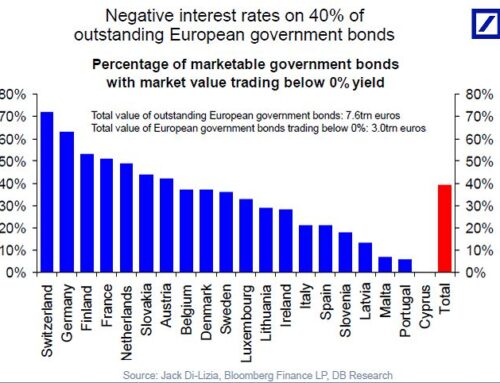https://www.instagram.com/p/BVFCgMcg_Pe/
Retirement is one of the critical factors in financial planning. The age of retirement and your preparedness can make or break your life. But unfortunately, I found that some are taking it the right way, some are confused, and some are making it more and more difficult.
So what is essential in retirement? At what age are you supposed to start? How much risk to take? Let’s check. But first, some tweets.
The idea of #retirement was invented in 1881. How did it develop? @SLHoovr explains in Weekend Reads https://t.co/oaOGn6zy4T @Enterprising
— CFA Institute (@CFAinstitute) June 9, 2017
There are two basic types of plans for Pension. Defined Benefit plan and defined Contribution Plan. In the defined Contribution Plan, the employer shows his contribution to the employee Pension plan as Expenses. There is no asset generation. No investment is made. No amount is guaranteed.
In the Defined Benefit Plan, the formula is known to calculate using a pension. If an investment made by an employer fails to generate an amount, the employer is supposed to pay from his pocket. The reason why many analysts think of this as debt on the balance sheet here
So now the question is, what is the basic calculation behind all this. It is based on some assumptions. Like your expected life, the standard of living, and the expense needed to keep. The inflation rate, time in hand from today till retirement. Etc.
Let’s see all this with the help of one example.
Your today’s monthly income is $10000. To keep your lifestyle the same, you need to spend $7545. So $2455 remained in your hand. Your retirement is 20 years from today. You don’t have any provisions made till today.
After retirement, you at least expect the same amount in hand as maybe your mortgage payment is no more needed. Travel and other expenses are not there, but your medical cost is there. Grocery and additional related fees are necessary after retirement. But the price today and in the future is not the same. It will be different. What is expected inflation? Let’s assumed 3% PA. So today’s $10000 is $18207.55. So now the biggest question is, what amount will generate $18207.55 as a monthly payment? And what is the proper return for calculation for this? I am sure that it is more than 3% per annum.
Assume that the rate of return is not higher. It is only 10% per annum. That is 10/12 = 0.833% per month. The amount generated after 20 years of $18207.55 as per month revenue, equivalent to today’s $10000, is $1886750.42. To achieve this target, you need to invest in the RIGHT asset with the RIGHT allocation from today. You have $2455 in hand. Again assume that you have at least an emergency fund in your hand. So the whole $2455 you can invest. That rate of return is nearly 10%. Per month the return is 0.8410% ( calculation and assumption here used are random. Pls talk with FINANCIAL ADVISOR BEFORE TAKING ANY DECISION)
So as I am concluding, I found many Important Tweets. So I am finishing with it.
Here's a retirement planning strategy that calls for taking risk only until enough is saved. https://t.co/wKVtIMhAtW #lifegoals pic.twitter.com/SplWxEO4zm
— Charles Rotblut, CFA 🏃♂️ (@CharlesRAAII) June 9, 2017




